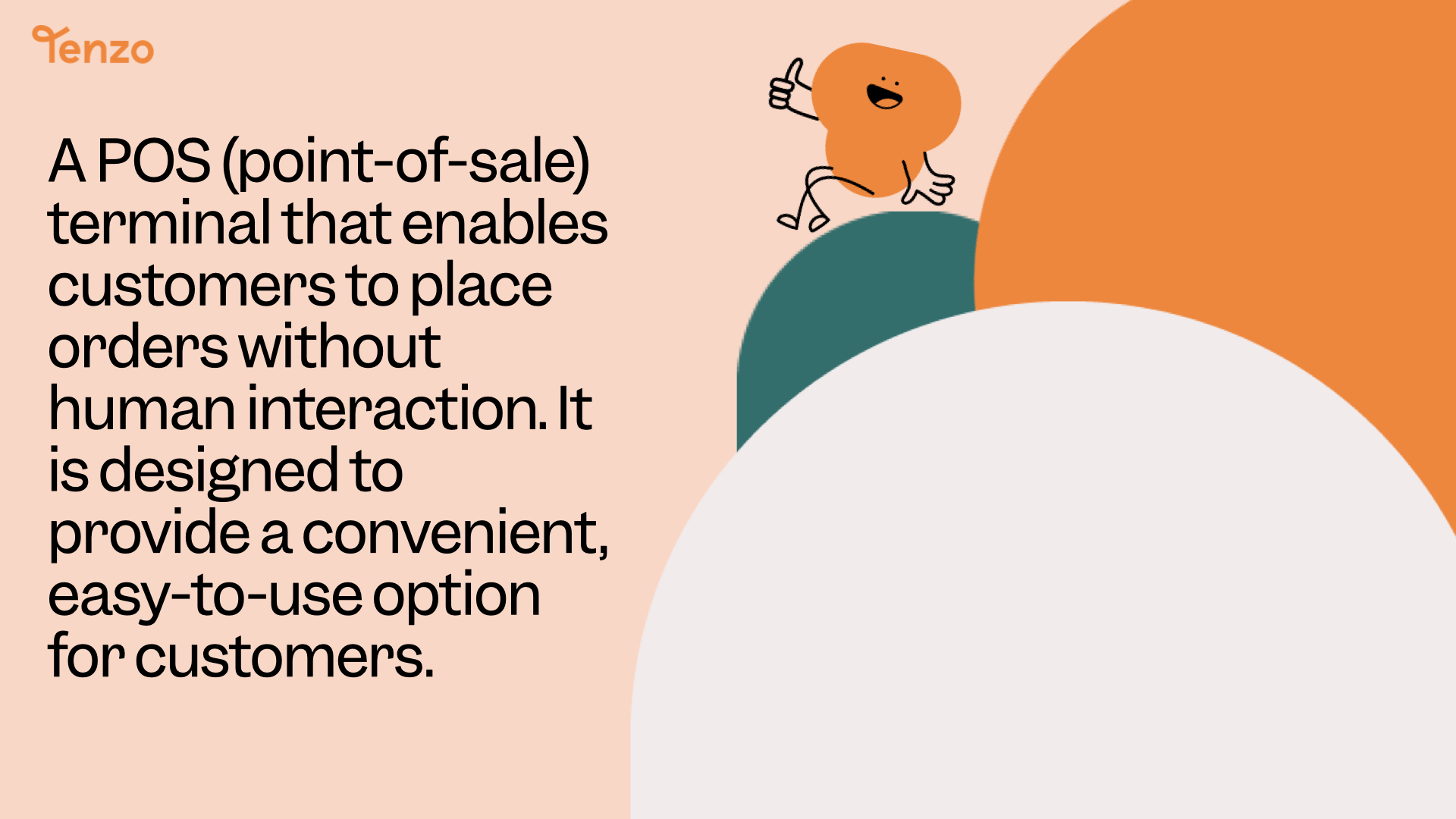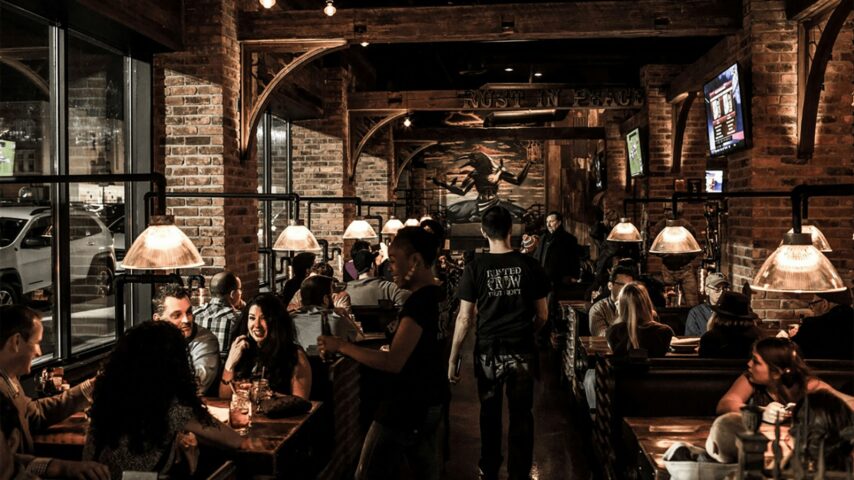Revolutionise Your Restaurant Experience with Kiosk Ordering
The Future of Dining: What is Kiosk Ordering?
Kiosk ordering is a revolutionary way for customers to place their food orders directly through a self-service kiosk. This normally comes in the form of interactive tablets or touch-screen computers that allow customers access to ordering and the menu without interaction with a member of staff.
Generally, kiosk ordering is used by quick service restaurants (QSRs) and fast-casual restaurants. The service provided by these tends to be less hospitable, with an emphasis on a fast experience, and so customers are more accepting of the technology.
This kiosk ordering system allows customers to browse the menu, customise their orders, and pay for their meals all in one convenient location – it is restaurant self-service. With kiosk ordering, restaurants can streamline the ordering process, reduce wait times, and provide a more personalised dining experience for their customers.
Say Goodbye to Waiting: How Kiosk Ordering Creates a More Efficient Restaurant
Kiosk ordering allows customers to place their orders directly, eliminating the need for waiting in line. This not only saves time for customers but also increases efficiency for the restaurant by reducing the number of staff needed to take orders. With kiosk ordering, it is the customers’ menu as well as the point of sale, resulting in a faster and smoother dining experience.
Customers taking charge of their own ordering experience allows restaurant staff, who would otherwise be taking orders, to provide customer service. They can deal with any challenges that may come up quickly as they are less overrun.
With kiosk ordering software being the point of sale, as well as the menu, the time-consuming process of waiting for a waiter to go to each customer’s table, and then to the kitchen, is eliminated. Through cloud kitchen software, the kitchen can get the orders immediately so the time for each ticket is reduced.
Personalised Perfection: How Kiosk Ordering Tailors Your Dining Experience.
For most customers attending QSRs or fast-casual restaurants, kiosk ordering has improved their guest experience in restaurants. Although reduced waiting times have a big part to play, there are many other factors influencing the guest experience that can be improved with kiosk ordering systems.
Kiosk ordering allows customers to customise their orders according to their preferences and dietary restrictions. With just a few taps on the screen, customers can easily remove or add ingredients, choose their preferred cooking methods, and even make special requests. This level of personalisation ensures that each customer gets exactly what they want, with no communication issues, resulting in a more satisfying dining experience.
Kiosk ordering also reduces the risk of human error. With fewer touchpoints between the customer and the kitchen, there is likely to be less of a risk of communication errors resulting in inaccurate orders. Which in turn, results in a better guest experience.
It’s important to note that not all restaurants will suit self-service kiosks. For some restaurants, hospitable service is a huge part of the guest experience, removing this aspect would likely reduce the value for many customers.
Boosting Performance and Controlling Costs: The Benefits of Implementing Kiosk Ordering in Your Restaurant
Implementing kiosk ordering in your restaurant can revolutionise the dining experience for both customers and staff. It can help improve performance across all aspects of the business; from boosting profits to controlling costs.
Controlling costs comes mostly from labour optimisation. With customers placing their orders, staff can be freed up to focus on food preparation and customer service, and the number of staff needed to run a restaurant is reduced – which in turn results in lower labour costs.
Upselling is a huge part of improving sales with kiosk ordering. Kiosks, along with digital menu boards, can be customised to push individual items or meal deals throughout the day. This allows for different items to be pushed based on the day part, i.e. meal deals at lunch to improve ATV through a generally slower period.
Kiosk ordering systems do tend to improve ATV anyway compared with traditional ordering. This is because customers feel less judged and are more likely to order more food when they don’t have to experience face-to-face interactions.




